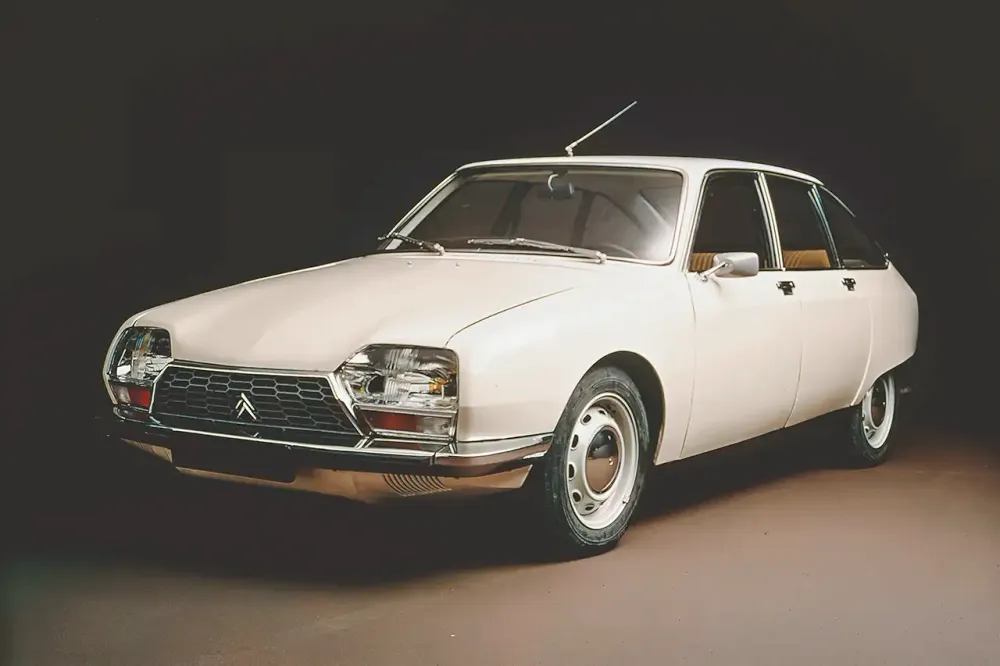Wronged: Citroën GS
I vividly remember being a child and being amazed the first time I rode in a car that had a striking design, a completely surreal instrument panel, a handbrake integrated into a futuristic design dash and, amazingly, a suspension which rose and fell, adapting to the needs of each moment. It was a Citroën GS 1220 Pallas, brown with interiors in the same tone, and it looked avant-garde even ten years after its launch.
Those technologies in question were then more than 30 years old, but the truth is that there was still which rivaled the GS in comfort and serenity, except the old DS and latter on, its substitute, the gorgeous CX.
But while those were top-of-the-line models, the GS was a mid-segment car, competing with models as predictable and traditional as a Ford Cortina, a Toyota Corolla or an Opel Rekord. They all seemed plain boring when compared to that French with aerodynamic lines which even went on to win a deserved European Car of the Year award in 1971.
Designed by Robert Opron, the GS was a car with avant-garde shapes but, above all, it was spacious, versatile, comfortable, agile, light and easy to drive. But as with everything that is different, it also generated the greatest suspicion from the most conservative or ill-informed buyers.
Rumors about supposedly terrible expenses with the hydraulic system, scared off most buyers, especially in the used market. However, this was never a real Citroën's Achilles heel. Their problems were, in fact, much more traditional… Corrosion was one of them.
As is common with other French cars in period, GS's bodywork protection was poor and rust appeared all over, in all generations of the model. The build quality of units produced up to 1973, suffers from some teething problems, just as units built after 1979 suffered from cost reduction issues. These are, however, problems that do not affect its reliability.
Boxer engines, due to their unusualness, could represent a challenge for those less accustomed to Citroën, but they are generally quite reliable. Oil leaks shouldn't be scary, because they are common as soon as the seals start to dry out. It's a regular maintenance matter, with no serious expenses.
The hydraulic system, which is basically the most feared aspect for most owners, is quite reliable and economical to maintain, as long as it is kept safe from corrosion.
All things considered, the GS is no more or less problematic than its competitors at the time. On the other hand, as a classic, it is a much more original choice. In the segment in which the GS competed, rarely were there cars as distinct and technologically advanced, and after the GS, perhaps only the Toyota Prius shook the establishment in the family compact car landscape.
However, despite more than 2.5 million units having been sold, it is already very hard to find on on the road. Is it time to make justice?













